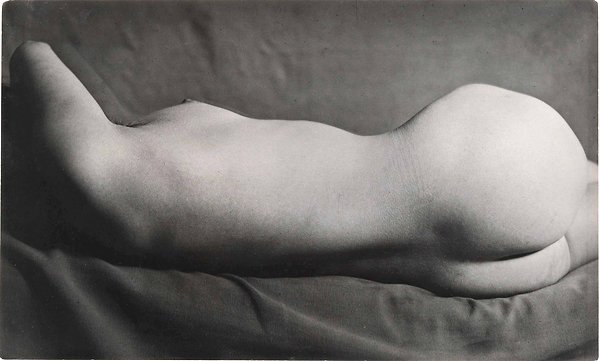The Exhibit Rationale
Naked before the Camera
March 27–September 9, 2012
Gallery 852, Met NY, NY.
"Since the beginning of art and in every medium, depicting the human body has been among the artist's greatest challenges and supreme achievements, as can so easily be seen by Museum visitors walking through the galleries of Greek and Roman statuary, African and Oceanic art, Old Master paintings, or Indian sculpture. Tapping veins of mythology, carnal desire, hero worship, and aesthetic pleasure, depictions of the nude have also triggered impassioned discussions of sin and sexuality, cultural identity, and canons of beauty. Controversies are often aroused even more intensely when the artist's chosen medium is photography, with its accuracy and specificity—when a real person stood naked before the camera—rather than traditional media where more generalized and idealized forms prevail.
In the medium's early days—particularly in France, where Victorian notions of propriety held less sway than in England and America, and where life drawing was a central part of artistic training—photographs proved to be a cheap and easy substitute for the live model. While serving painters and sculptors, many nineteenth-century photographic nudes were also intended as works of art in their own right. Still others bore the title "artist's study" merely to evade government censors and legitimize images that were, in fact, more likely intended to stir a gentleman's loins than to enhance his aesthetic endeavors. Outside the realms of art and erotica, photographic nudes were made to aid the study of anatomy, movement, forensics, and ethnography.
In twentieth-century art, the body became a vehicle for surreal and modernist manipulation and for intimate odes to beauty or poems to a muse. Beginning with the sexual revolution of the 1960s, nudity and its representation took on new meanings—as declarations of freedom from societal strictures, as assertions of individual identity, as explorations of sexuality and gender roles, and as responses to AIDS.
Naked before the Camera surveys the history of this subject and examines some of the motivations and meanings that underlie its expression." Met N.Y., N.Y. 2012


